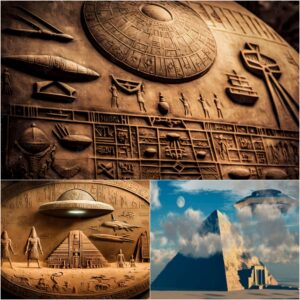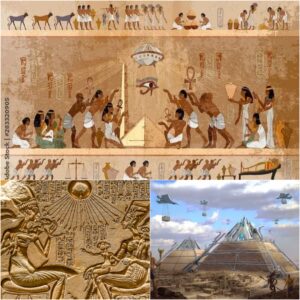According to Zecharia Sitchin’s book “The 12th Planet,” there exists a fascinating narrative about an ancient extraterrestrial race known as the Anunnaki. These beings, hailing from the planet Nibiru, supposedly settled in Mesopotamia over hundreds of thousands of years ago. Described as approximately 3 meters tall, with white skin, beards, and long hair, the Anunnaki are believed to have possessed advanced technology far beyond our current civilization.

Sitchin’s writings assert that the Anunnaki visited Earth around 450,000 years ago, engaging in activities like mining gold. The author suggests that their technological prowess, including space travel and genetic engineering capabilities, surpasses anything achieved by humanity in the 21st century. The remnants of their alleged presence are said to be visible in various ancient structures worldwide, such as the Egyptian pyramids, Mayan and Aztec constructions, Stonehenge, Baalbeck’s “spaceship,” and the Nazca and Machu Picchu lines.

The concept of Nibiru, the home planet of the Anunnaki, is connected to the speculative idea of a celestial body known as Planet X. Ancient Mesopotamian texts are often cited as supporting evidence for Nibiru’s existence, proposing an orbital period of 3,600 years.

THowever, it’s crucial to recognize that these theories are highly controversial, and many scholars consider them pseudoscientific. The mainstream scientific community generally dismisses the notion of ancient extraterrestrial visitors and a mysterious planet with a 3,600-year orbital cycle. The skepticism surrounding these ideas emphasizes the importance of critically evaluating and scrutinizing such unconventional claims.






